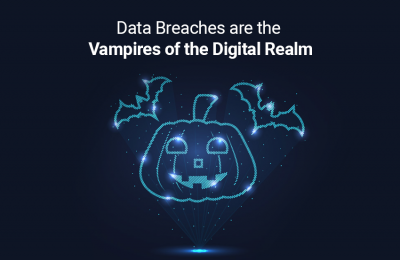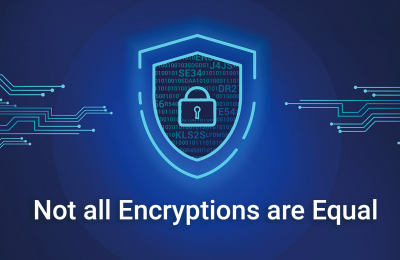File storage and management are drastically changing. In a little over half a century, the world has gone from floppy disks that store less than one megabyte of data to cloud-based storage with up to one terabyte or more. Decisively, cloud-based file storage and transfer will be our primary way of sharing files with our peers.
Given that 48% percent of businesses are progressing into a cloud-first strategy, companies should start implementing file transfer tools and systems. But there are many options available today. So how do you choose the best file management solution?
What to Consider in Choosing a File Transfer Tool
Authentication Features
Authentication features are crucial in file-sharing tools to restrict access to a select recipient or group of recipients. It will help verify if someone is the intended recipient or not.
DropSecure, for example, asks users to enter a one-time passcode (OTP) to download files. These codes can be sent to phones via SMS or email, preventing any unauthorized access.
Another feature that some file-sharing tools can provide for authentication is a unique download link with a decryption key to download or open files. At the very least, your file-sharing tool should have one of these authentication features to ensure data privacy and security.
Data encryption
It’s also important to know what kind of encryption a managed file transfer system uses. File management services should always have end-to-end encryption. This means even the service provider should not be able access your data.
Some file transfer solutions provide military-grade algorithms that cannot be decrypted en route to a user until downloaded on the other end. Other tools also regenerate fresh encryption keys when users upload a new file version.
Pricing
Cloud storage and file transfer is often free nowadays, but with certain limits. An example of those limits might include how much storage you can send or how many times you can send in a given timeframe.
But even when a company has to pay for a managed file transfer tool, it would still cost them considerably less than storing hard copies of files. Businesses spend a significant amount printing, storing, and sending documents every year. So, paying for digital file storage and sharing will most likely cost less.
However, not all file transfer solutions are priced the same. Some cost more but provide more storage and features. In contrast, some might cost less and provide the bare minimum requirements and a lower file capacity. Understanding your processes and identifying what features you need to access before paying for a premium file transfer service is essential. Make use of the free trial of multiple alternatives before making a final decision.
File directory and search
Studies indicate that 77% of business owners want to access files remotely. So file transferring solutions often come with a storage and management feature, meaning the files land somewhere for future access. A secure file transfer software with a storage and management system should have an easy search feature that will make it easy to find files.
For example, professionals with careers in art or something similar need to collaborate with clients digitally. To make sure digital assets are protected, they should have a safe space to store and share files.
File access options
The next consideration is file accessing — how someone can access the data. Accessibility is a delicate balance. Files should be easy enough to share and access by authorized people no matter where they are. However, you also don’t want the files to be too accessible that anyone can simply download them. Data security has been a firm battle cry as many businesses experience data leaks and hacks every year.
Not having an effective and customizable file access policy in place will make it hard to protect your company’s data and interests. Instead, choose a file sharing and storing tool that allows one to restrict access or allow certain access levels like view only or comment only access. Good file storage and management tools will also provide limits to who can provide other users access. Usually, this permission is reserved for a select number of “super admins” who have all-around file and permission granting access.
User experience
Using managed file transfer tools shouldn’t feel complicated, especially if a business intends to roll the system out company-wide. With any new adoption, one hundred percent compliance should be the goal. When file transfer tools have complex user experiences, it can discourage usage and affect implementation plans. Like any software for corporate use, having a silo in the company that doesn’t adhere to programs used company-wide can cause issues in the workflow. So it’s crucial to use a service that is straightforward to use.
File Sharing and Cybersecurity
Amidst the COVID-19 pandemic, cases of cybercrimes rose to unprecedented levels, mainly because many companies shifted to virtual work setups. As the world returns to a new sense of normalcy, many businesses have decided to continue working remotely or adopting a hybrid setup. This means people will continue to share files with their peers and colleagues via cloud services.
So as companies look to remote file sharing practices as a norm for the days to come, cybersecurity should be a priority to keep files safe from hackers and malware. Using any cloud service for sensitive files and information won’t be enough. Instead, companies should use file transfer solutions that keep files encrypted and secure to avoid unnecessary security and privacy problems.






















